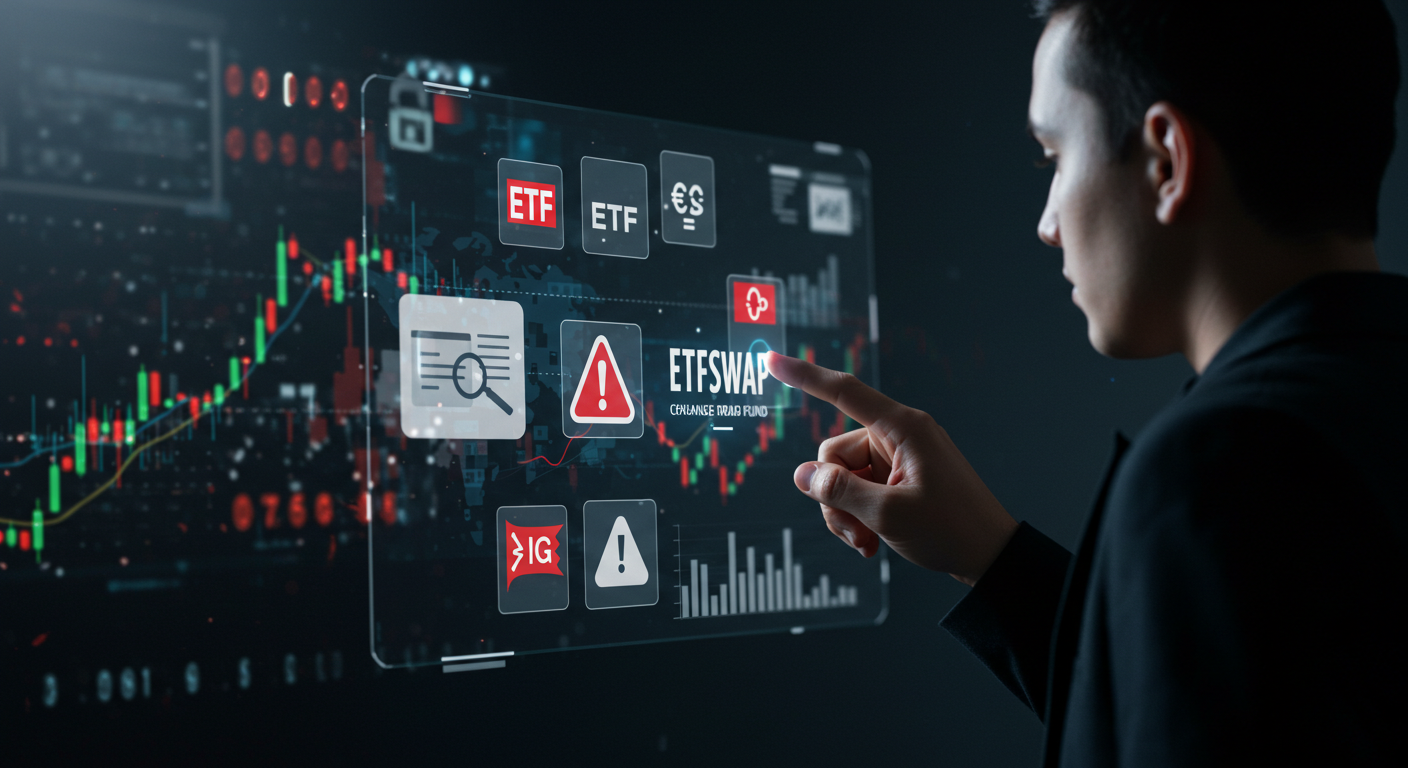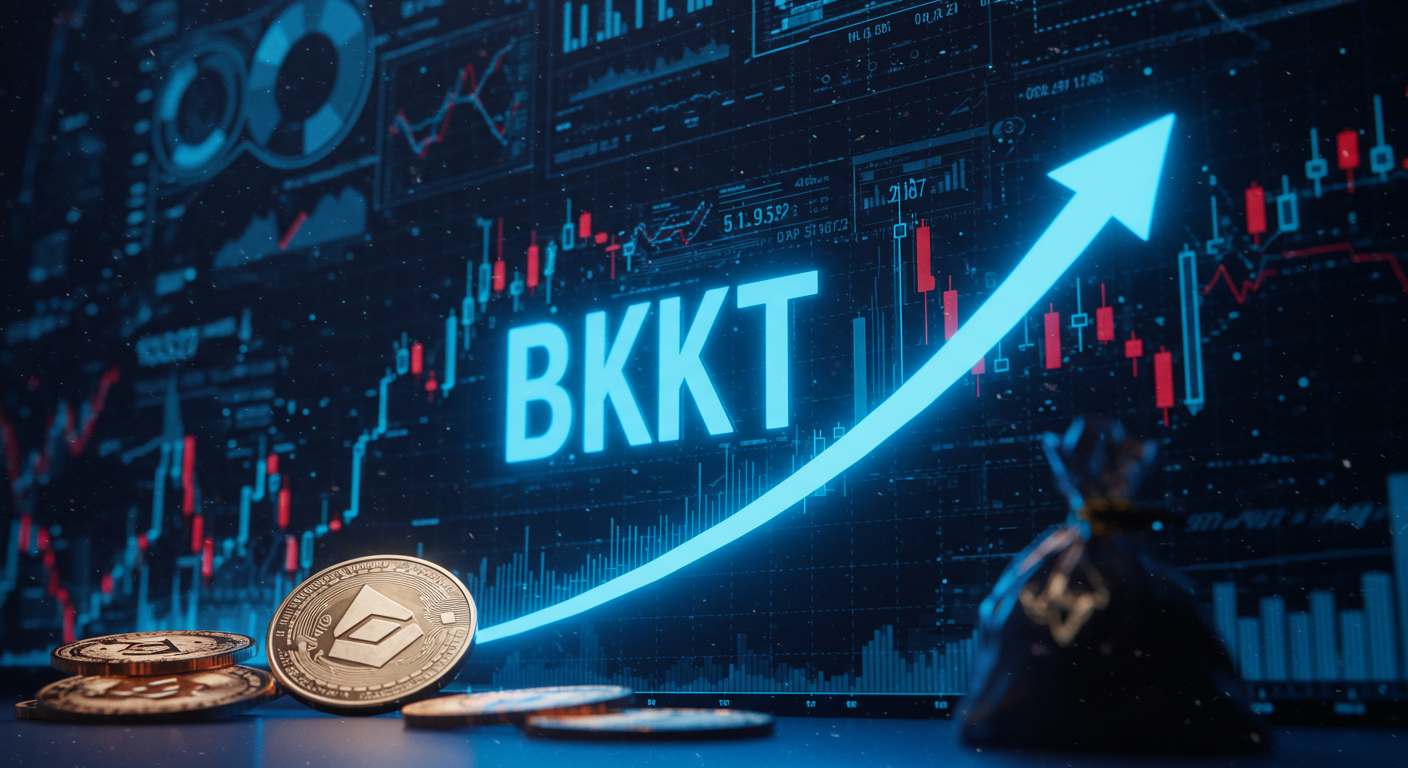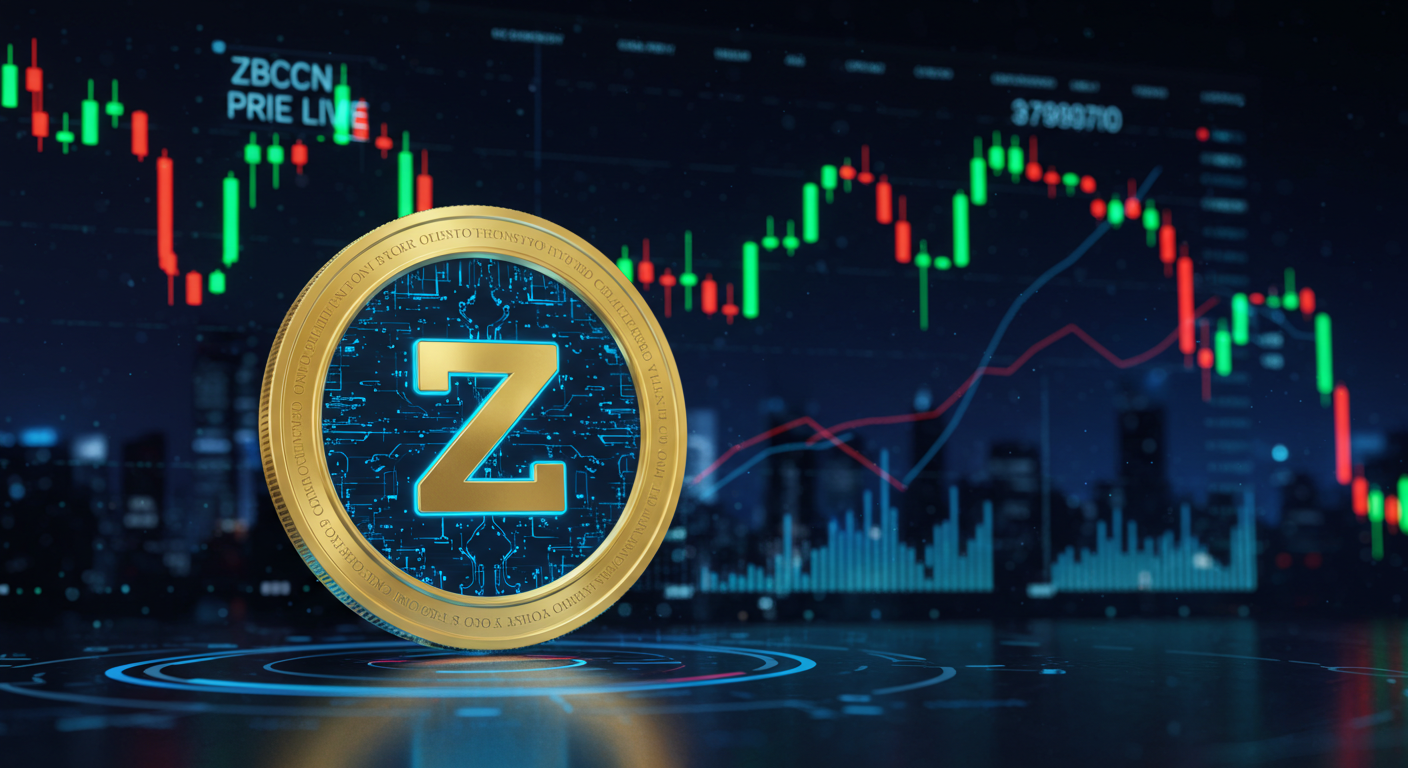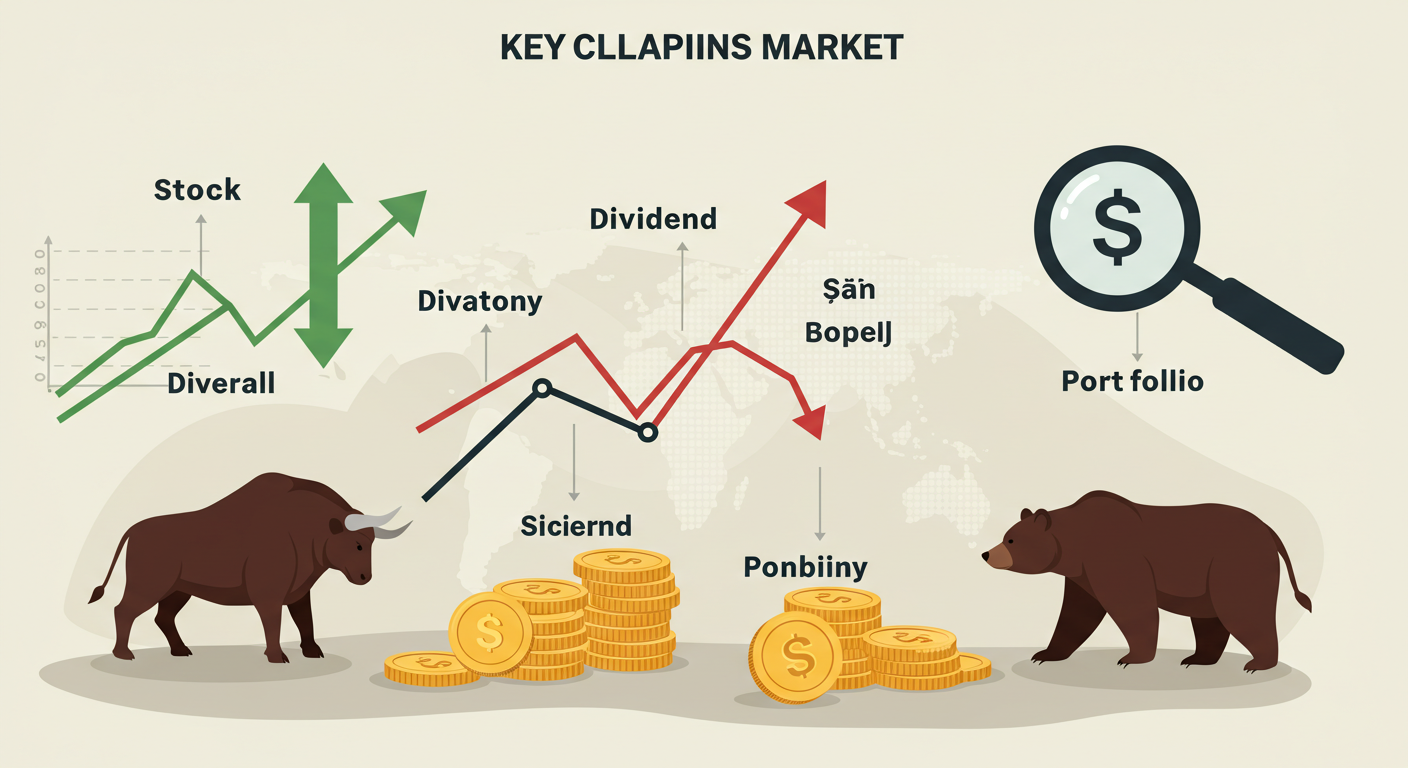Exchange-Traded Funds (ETFs) have gained significant popularity in recent years as a convenient way to diversify investments, minimize risk, and gain exposure to various sectors, industries, or asset classes. However, like any other financial investment opportunity, ETFs can also be the subject of fraudulent activities. ETFswap scams, in particular, have become a growing concern among investors. In this article, we will explore how to identify potential ETFswap scams and provide strategies to protect your investments from falling victim to such fraudulent schemes.
Understanding ETFswap and Its Risks
Before diving into the specifics of how scams can manifest within ETFswap, it’s important to understand what ETFswap is. ETFswap is a platform that allows investors to swap or exchange one type of ETF for another. The process offers an innovative way to manage ETF portfolios without the need for traditional buying or selling processes. The core appeal of ETFswap is its simplicity and ability to provide access to a wide range of ETFs, enabling investors to switch between different funds with ease.
However, with the rise of ETFswap and similar platforms, fraudulent activities have become more prevalent. Scammers often take advantage of the platform’s seamless processes and the inherent complexity of financial markets to exploit unsuspecting investors. These scams can take various forms, from phishing schemes to Ponzi-like structures, making it crucial to be vigilant and well-informed about the potential red flags.
Common ETFswap Scam Tactics
Scammers use various tactics to deceive investors into thinking they are engaging in legitimate ETFswap transactions. Understanding these common scam methods will help you identify suspicious activities early and avoid falling victim to them.
- Fake ETF Platforms and Websites
One of the most common forms of ETFswap scams involves the creation of fake websites or platforms that mimic legitimate ETF trading services. These fraudulent websites may look similar to trusted ETF platforms, but they often have small discrepancies that make them easy to identify if you know what to look for. For instance, scammers may create a platform that promises unrealistically high returns or presents itself as an exclusive investment opportunity that is too good to pass up.
These fake websites may ask for sensitive personal information, including your bank account details or login credentials for other investment platforms. Once the scammers have this information, they can drain your funds or use it for illegal activities. To protect yourself, always double-check the URL, look for trust indicators like secure connection (https), and read reviews and feedback from other users before committing any personal information or funds.
- Phishing Scams
Phishing is a technique that involves tricking individuals into providing sensitive information, such as usernames, passwords, or financial details, by pretending to be a legitimate entity. In the context of ETFswap, scammers may send fraudulent emails or text messages that appear to come from an official source, such as a reputable ETF platform or brokerage.
These phishing messages may contain urgent calls to action, such as “Your account is compromised, and you need to log in immediately to secure it,” or “You’ve been selected to receive a special investment opportunity.” The messages often include links that direct you to fake websites designed to steal your credentials or trick you into transferring funds.
To protect yourself from phishing scams, always verify the authenticity of unsolicited messages before clicking on any links or entering any information. If you receive a message that seems suspicious, reach out to the company directly using contact information from their official website rather than responding to the message.
- Pump-and-Dump Schemes
Pump-and-dump schemes are another form of ETFswap fraud that typically involves artificially inflating the price of a particular ETF. In this scam, fraudsters may spread false or misleading information about an ETF to create hype and increase its demand. Once the price has been pumped up, the scammers sell off their holdings, causing the price to crash and leaving other investors with worthless investments.
These types of scams can be difficult to detect, as they often involve high levels of manipulation and fake news. If you’re involved in ETFswap and notice sudden spikes in trading volume or unusually high interest in a particular ETF, it’s important to conduct thorough research to verify the claims being made. Avoid making impulsive decisions based on rumors or hearsay, as this could expose you to significant losses.
- Ponzi Schemes and Fake Investment Opportunities
Ponzi schemes are fraudulent investment schemes where returns are paid to earlier investors using the capital of newer investors rather than through legitimate profits. In the case of ETFswap scams, Ponzi schemes can take the form of fake investment opportunities that promise high returns with little to no risk. The scammers often use the allure of ETFs and their diversification benefits to lure investors into contributing large sums of money.
These schemes may look like legitimate investment funds or trading opportunities, but they rely on a continuous influx of new investments to remain afloat. Eventually, when the flow of new money slows down, the scheme collapses, and investors lose their money. To avoid falling victim to Ponzi schemes, always ensure that any investment opportunity is properly regulated, and never invest money that you cannot afford to lose.
Red Flags of ETFswap Scams
Knowing the warning signs of an ETFswap scam can help you protect your investments and avoid falling into a fraudulent trap. Here are some key red flags to watch out for:
- Unrealistic Promises of High Returns: If an ETFswap platform or investment opportunity promises returns that seem too good to be true, they probably are. No legitimate investment offers guaranteed returns, and scams often lure investors by claiming high returns with minimal risk.
- Lack of Regulation: Reputable ETF platforms are usually regulated by financial authorities in the jurisdiction they operate. If the platform you’re using is not licensed or lacks proper oversight, it could be a scam.
- Unclear or Vague Terms and Conditions: If the terms and conditions of the ETFswap platform are vague, difficult to understand, or unclear, this is a major red flag. Fraudulent platforms often avoid clear disclosures to deceive investors.
- Unsolicited Investment Opportunities: Be cautious of unsolicited offers to invest in specific ETFs, especially if they come through email, social media, or other informal channels. Legitimate platforms rarely send investment offers without prior communication.
- Unusual Trading Volume: A sudden and unexplained spike in trading volume for a particular ETF on an ETFswap platform may signal a pump-and-dump scam. It’s crucial to investigate the reasons behind such movements before participating in any trades.
How to Protect Your Investments from ETFswap Scams
While identifying potential scams is essential, it’s equally important to take proactive steps to protect your investments. Here are some key strategies you can use to safeguard yourself from ETFswap fraud:
- Do Thorough Research
Before engaging in any ETFswap transaction, take the time to conduct thorough research on the platform and the specific ETFs you are interested in. Read reviews, check regulatory status, and look for any red flags that may indicate fraudulent activity. A little due diligence can go a long way in protecting your investments.
- Use Trusted and Regulated Platforms
When using ETFswap or any other financial platform, always opt for platforms that are regulated by reputable financial authorities. Regulated platforms must adhere to strict standards that help protect investors. Always verify that the platform has proper licensing before proceeding with any transactions.
- Implement Strong Security Measures
To safeguard your account and financial details, make sure to use strong, unique passwords for all your accounts. Enable two-factor authentication (2FA) wherever possible to add an extra layer of security. Avoid using public Wi-Fi when accessing your investment accounts and always log out of your account after completing a transaction.
- Avoid High-Risk Investments
If an ETFswap investment opportunity seems too good to be true, it’s important to approach it with caution. Always remember that high returns are usually accompanied by high risk. Avoid making investments that promise unrealistic returns or seem to lack transparency.
- Consult a Financial Advisor
If you’re unsure about an ETFswap platform or investment opportunity, consider consulting a certified financial advisor who can help you evaluate the risks and rewards. A financial advisor can also help you navigate potential scams and make well-informed investment decisions.
ALSO READ: The Ultimate Reddit Guide to Using ETFSwap
Conclusion
The world of ETFswap offers investors a unique way to manage their portfolios, but it also comes with inherent risks. Scammers are constantly finding new ways to exploit unsuspecting investors, making it critical to be vigilant and informed about potential scams. By understanding the common tactics used by fraudsters, recognizing red flags, and taking proactive steps to protect your investments, you can reduce the risk of falling victim to an ETFswap scam.












Leave a Reply